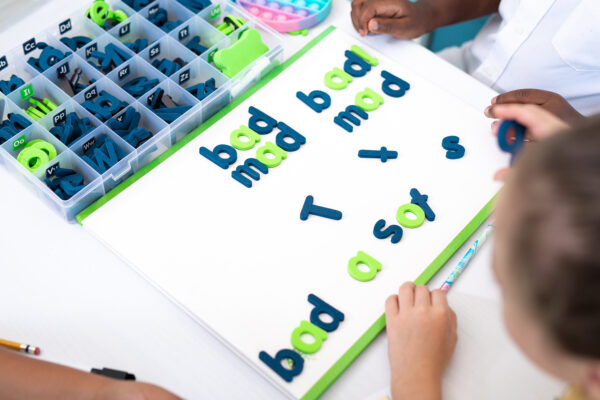Structured literacy approaches are gaining widespread recognition as a powerful tool in helping individuals, especially children, develop essential literacy skills. These approaches are designed to provide a systematic and explicit way of teaching reading and writing, ensuring that students of all learning abilities can thrive in the classroom. In this article, we will look at what structured literacy is, why it works, and how it benefits learners.
What Is Structured Literacy?
Structured literacy explained in simple terms refers to a systematic and explicit approach to teaching reading and writing, ensuring that all students, especially those with learning difficulties, develop strong literacy skills. By following well-researched literacy instruction frameworks, educators can provide step-by-step guidance in phonics, phonemic awareness, vocabulary, fluency, and comprehension. One of the key structured learning benefits is that it helps learners build confidence and mastery through clear, structured lessons that reinforce foundational skills. These methods align with education foundations that emphasize evidence-based teaching strategies, ensuring students gain the necessary tools to become proficient readers and writers.
The core elements of structured literacy include phonemic awareness, phonics, fluency, vocabulary, and comprehension. By employing this method, teachers make sure that all of these components are taught in a methodical, sequential way, assisting students in mastering the fundamentals of writing and reading before advancing to more difficult assignments.
The Key Principles Of Structured Literacy
Structured literacy focuses on the importance of breaking down language into its smallest components, starting with sounds (phonemes) and progressing to more complex forms of reading and writing. The key principles of this approach are:
- Systematic And Explicit Instruction: Instruction is carefully planned and sequenced, making it clear for students to understand each concept as they move through the steps of learning to read and write. Every lesson builds on the one before it, laying a solid basis for subsequent education.
- Multisensory Learning: Structured literacy engages multiple senses to reinforce learning. For example, students may be encouraged to trace letters while saying the sounds they correspond to or use manipulatives to build words. This helps reinforce the connections between sounds, letters, and words.
- Focus On Phonics And Phonemic Awareness: Phonics is a key component of structured literacy. It entails instructing pupils on the correspondence between letters and sounds. A key skill for learning to read and spell is phonemic awareness, which is the capacity to hear, identify, and manipulate sounds in spoken words.
- Fluency And Comprehension: As students progress, structured literacy emphasizes the development of reading fluency and comprehension. Fluency involves reading smoothly and accurately, while comprehension focuses on understanding the meaning of what is read.
Why Structured Literacy Works?
Structured literacy is backed by years of research that shows how the brain processes language. Studies have consistently found that students who are taught using a structured literacy approach perform better in reading and writing compared to those who are taught with less explicit methods.
One of the reasons structured literacy is so effective is that it provides a clear and predictable path for learners. The step-by-step nature of the approach means that students are not overwhelmed by complex concepts before they are ready. With continuous review and reinforcement, they can develop their abilities at their own speed, which improves comprehension and retention.
Structured literacy also places a strong emphasis on addressing the needs of struggling readers. Focusing on the foundational elements of reading helps students who may have missed crucial steps in their early education or have learning difficulties catch up and succeed.
The Read Learning Center provides a variety of tools and assistance for parents and teachers who want to learn more about structured literacy. To find their location, visit their map here: Read Learning Center on Google Maps.
Benefits Of Structured Literacy
The benefits of structured literacy are vast. For one, it leads to improved reading and writing outcomes for students, particularly those with learning disabilities such as dyslexia. Because structured literacy provides explicit instruction, it helps students master the components of language, improving their ability to decode and understand written text.
Another advantage is that structured literacy approaches foster greater self-confidence in students. Students gain a sense of success when they observe their development and mastery of critical abilities, which can boost their drive and excitement for studying.
Structured literacy also benefits teachers by providing them with a clear, research-backed framework for instruction. Educators can confidently implement a structured literacy curriculum, knowing that it has been proven to work.
Conclusion
Structured literacy approaches are a highly effective way to teach literacy skills, particularly for those who may struggle with traditional reading methods. By focusing on systematic, explicit, and multisensory instruction, these approaches ensure that all students, regardless of their learning challenges, can build a strong foundation in reading and writing.






